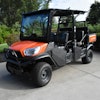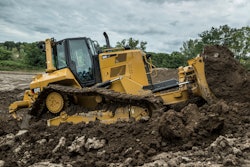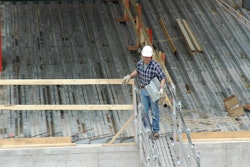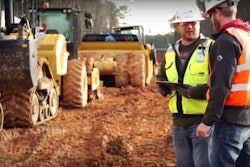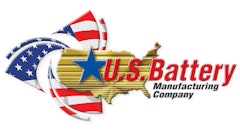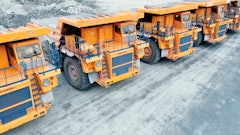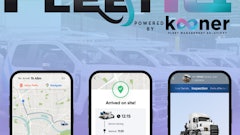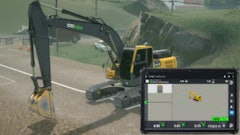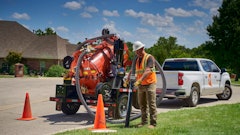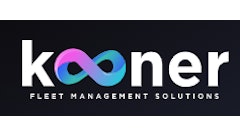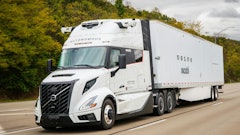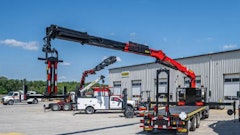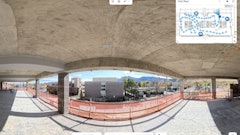
I didn’t invent the phrase “Engineered Maintenance”, but I like to use it frequently. I’ve always said that if an individual would just read and follow the operations and maintenance manual, and maintain that piece of machinery exactly as prescribed in that manual, there wouldn’t be any measurable downtime throughout the course of its usable life.
This is merely a long-time theory of mine, but I’ve always tried to prove it by applying practical engineering concepts into everyday maintenance activities. I’ve always tried to find better ways to gain more optimization, availability and reliability in every segment of the maintenance activities. Below are a few things I’ve found that have made the largest impact in our maintenance activities.
“Engineered Maintenance” is more than “Extending Maintenance Intervals”. Most all the larger fleets operating today have incorporated extended maintenance into their maintenance profiles, but engineered maintenance goes beyond that. In its simplest form, I like to look at ways in which the required maintenance will be performed, or completed quicker, easier or in the best-case scenarios without that of human interaction.
If maintenance doesn't occur, the rate of wear in or on a particular component will increase exponentially to the point that failure will be quick, inevitable and very expensive. We also know that human intrusion during maintenance can be our own worst enemy.
Examples of engineered maintenance
With that in mind, I like to look at ways to satisfy both issues. For instance:
- Can we replace grease zerks with extended grease hoses?
- Can we route those grease zerks into a central location making them easily acceptable and safe to grease?
- Can we place these hoses in a dust-proof enclosure to eliminate the possibility of dirt egress into the system when it’s being greased?
- Is it possible to incorporate an auto-lubrication system into the equation, with metered grease amounts specific to the load, rotation and application of each grease point?
- Maybe the answer is to not grease at all and find a bushing, bearing, shaft material or combination of materials that will handle the loads, wear and environment, but doesn’t require any lubrication at all.
- Maybe we can find a wear material that will align to the replacement criteria of the component, thus eliminating the need for maintenance at all.
Today we are all extremely cognizant of the impact we have on the environment. Our owners and clients are expecting us to find more environmentally friendly procedures to help in this cause.
There is a real challenge in finding a balance between proper maintenance and the risk associated with handling our machine fluids. Extending oil drain intervals by way of oil sampling is an excellent way of mitigating this risk. Using offline filtration or “scavenger circuits” is another way that large amounts of oil and fuel can be maintained and preserved. The cooling and consistency of the units’ oil temperature is another way to extend its useful life.
I like to look specifically at the oil cooling circuits and try to find ways to maintain the oil at its optimal temperature range without a lot of cooling and heating cycles. On the extreme side, I’ve seen onboard particle counters being used in different applications that continuously monitor the fluid health in “real time”.
This “engineered maintenance” concept might not be perfect for every machine in every application, but if we strive to look at maintenance with this concept in mind, maintenance truly will evolve into an overall engineered preventative maintenance mission and not just a PM task.
Always follow the manufacturer's recommendations and seek their advice. Extend your intervals slowly. Understand the application and the fluid/component history. Use oil and grease analysis. Use the proper lubricants and fluids that are formulated for the longer intervals you wish to achieve. Finally, never be afraid to ask questions and push the limits.


